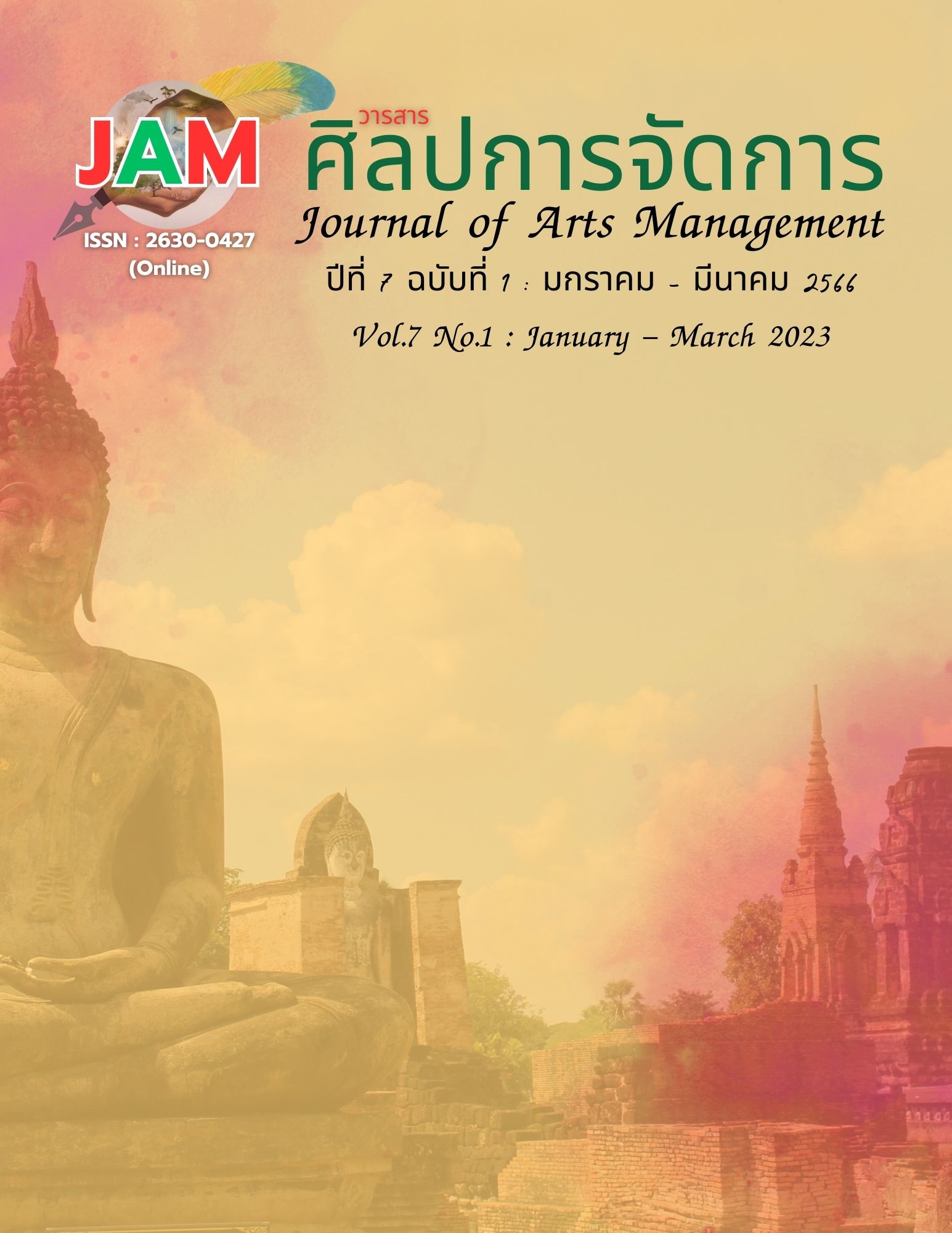The Development of the Educational Management Model of Temples Towards the Quality of Life of Monks and Novices in the Future
Main Article Content
Abstract
The objectives of this research article were: 1) to study the quality of life of monks and novices; 2) to create a model of temple educational management for the quality of life of monks and novices; and 3) to evaluate the model of temple educational management for the quality of life of monks and novices in the future. The multiphase research method was used in the study. In phase 1, the qualitative data were collected from 20 samples of monks and novices and analyzed by the inductive analysis method. In phase 2, the data were collected through group discussions with nine key informants. And In Phase 3, the quantitative data were collected from 384 monks and novices. The results of the study showed that:
1. In characteristics of the desirable quality of life of monks and novices, the quality of life according to the Buddha’s practice is based on the principles of Tisikkha and three activities: 1) studying Dhamma and Vinaya for newcomers; 2) standing, sitting, and listening meditation; and 3) working together wisely.
2. Creating a model of temple educational management for the quality of life of monks and novices in the future based on the Buddha’s practice consists of three steps: Step one is meeting and brainstorming; step two is operating the activities; and step three is meeting and concluding the activities according to the principles of Tisikkha.
3. The evaluation results of the model of temple educational management for the quality of life of monks and novices in the future from 384 monks and novices are at a high level in total and in aspects. The descending value starts with possibility, followed by application, accuracy, and coverage. The evaluation results are in line with the body of knowledge in Tisikkha.
Article Details

This work is licensed under a Creative Commons Attribution-NonCommercial-NoDerivatives 4.0 International License.
Views and opinions appearing in articles in the Journal of Arts of Management It is the responsibility of the author of the article. and does not constitute the view and responsibility of the editorial team I agree that the article is copyright of the Arts and Management Journal.
References
Arunprakan, C., Punwasuponchat, N., & Wongsaard, S. (2022). A study of ten perfections for individual and social development. Journal of Educational Management and Research Innovation, 4(1), 49–56.
Boonthong, P.S., Tumthong, K., & Kerdchor, C. (2022). The balancing of controlling faculty according to the Four Primary Elements in Buddhism. Journal of Multidisciplinary in Humanities and Social Sciences, 5(2), 760–775
Damnoen, P.S., Siri, P., Supattho, P.S., & Kaewwilai, K. (2021). The development of student characteristics in according to the Nawaluk framework of the Buddhist integration of Buddhapanya Sri Thawarawadee Buddhist College. Asia Pacific Journal of Religions and Cultures, 5(2), 126–135.
Inkrungkao, P.P. et al. (2017). Strategic plan for reforming Buddhist affairs 2017-2021 “Practice policy”. National Office of Buddhism.
Jothidhammo, P.C. (2016). Legal status of temples that have not been granted Visungamasima and the residence of monks. Ramkhamhaeng Law Journal, 5(1), 51-82.
Khantidharo, P.T., Kittisobhano, P.K., Thassaniyo, P.S., & Visuttasero, P.S. (2022). The role of monks in promoting the management of saving groups for community welfare in Sisaket province. Journal of MCU Social Science Review, 11(2), 209–223.
Kongkoet, P.K. (2020). An analytical study of Ariyapatipada in Buddhist Scriptures. Journal of MCU Buddhapanya Review, 5(2), 207–222.
Leedy. P.D., & Ormrod. J.E. (2015). Practical research planning and design (11th ed.). Pearson Education.
Mongkonpipputporn, P., Seanboot, S., Mangkhang, C., & Dibyamandala, J. (2022). Educational migration of foreign university monks in Mahachulalongkornrajavidyalaya University. International Journal of Multidisciplinary in Management and Tourism, 6(1), 62–71. https://doi.org/10.14456/ijmmt.2022.6
Payutto, P. A. (2005). Buddhist dictionary (13th ed.) S.R. Printing Mass Products Company.
Phra Pariyat Dharma Education Act B.E. 2562. (2019, April 16.). Government Gazette. Volume 136, Part 50.
Pimpan, P. K., & Koomkrong, V. (2022). A study of insight meditation practice in Ariyavamsa Sutta. Journal of Multidisciplinary in Humanities and Social Sciences, 5(2), 727–738
Rungchaiwitoon, P. T. (2014). Pattern of human resource development of sangha administrators for efficiency of sangha administration. Journal Of Language, Religion and Culture, 3(1), 65-88.
Tan, C.C., & Damnoen, P.S. (2020). Buddhist Noble Eightfold Path approach in the study of consumer and organizational behaviors. Journal of MCU Peace Studies, 8(1), 1–20.
The Office of the National Health Commission. (2017). The national monastic health constitution B.E. 2560. The Office of the National Health Commission.


